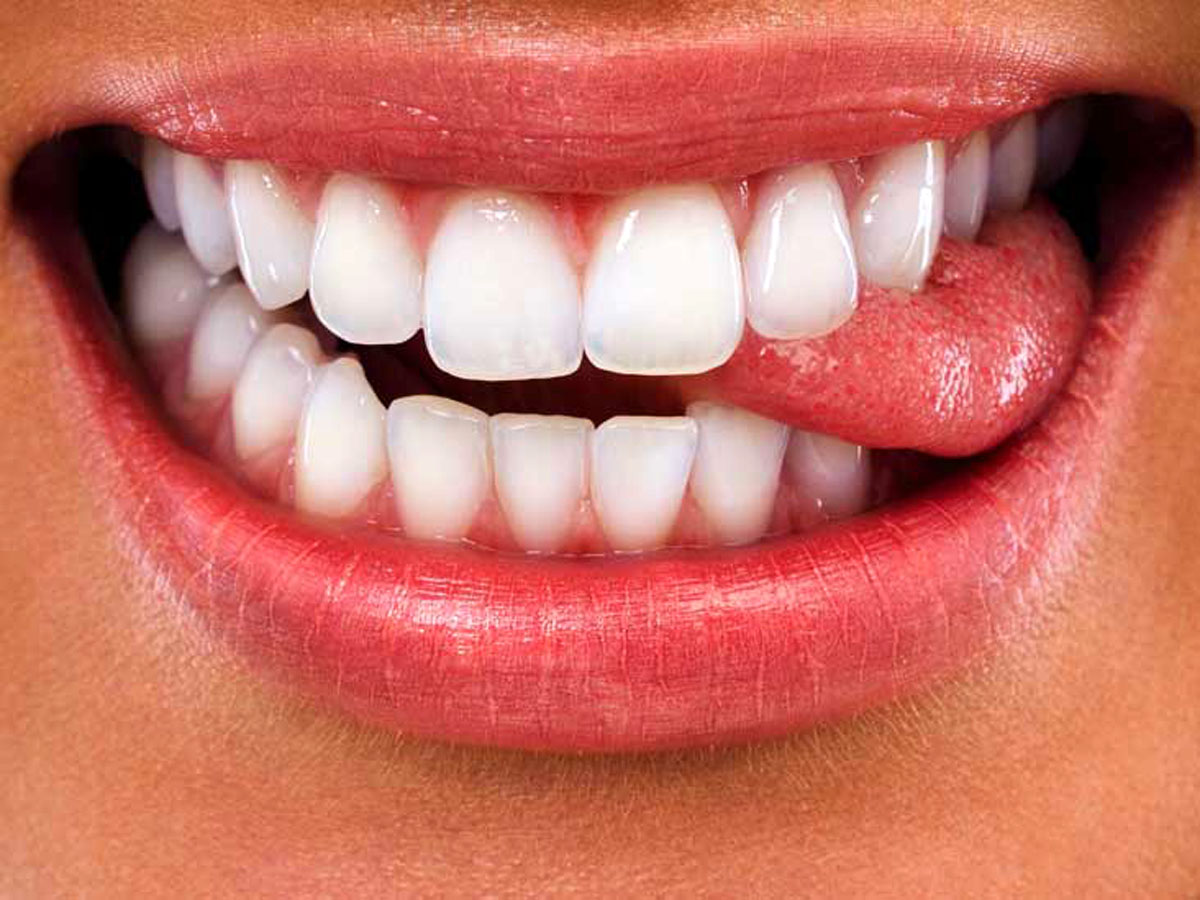Dr. Vanya Vasudeva
Tongue thrust is the abnormal positioning of tongue. It develops the unusual swallowing pattern in which tongue is placed in between the upper and lower teeth. In babies it is also referred as infantile swallow pattern. It is observed in breastfeeding or bottle fed for longer time. If this pattern continuous beyond infancy it will affect facial growth and appearance, health and communication (speech).
Cause of Tongue thrust in adults: It is known as myofunctional disorder in adults. It occurs due to chronic allergies, stress or swelling of the adenoids or tonsils.
Causes of Tongue thrust in babies:
Habit of sucking like sucking thumb or tongue
Tongue tie, the condition present at birth that restrict the tongue’s movement.
Reverse swallow
Allergies along with chronically swollen tonsils or adenoid.
Symptoms to identify the tongue thrust in children:
Visible tongue in between the upper and lower front teeth. The tip of the tongue is visible when the child swallow, sleeping or resting.
Open bite – The tongue thrust does not allow the upper and lower teeth to meet which causes an open bite.
Mouth breathing
Lip incompetence: It causes an inability to close the lips completely.
Speech impediment – You will notice the frequent use of ‘s’ and ‘z’ sound in such patients.
Slow, fast or messy eating.
Symptoms in adults: untreated tongue thrusting habit in childhood will lead to problems in adulthood like
Elongated face due to inability to close the mouth
Difficulty in eating due to open bite. Due to open bite teeth do not close.
Complications due to tongue thrust:
Speech problem: Difficulty in the pronunciation of words or slurry speech.
Orthodontic problem:
There is forward placement of teeth, disturbed occlusion, open bite.
The abnormal tongue position creates gap between the upper teeth and lower teeth.
Abnormal facial shape
Elongated face and inability to close the lips.
Treatment for tongue thrusting:
Exercise: It is essential to retain the habit of tongue thrusting and to keep the tongue in its normal position so that it will remain in the middle of mouth while swallowing.
Place the orthodontic rubber band on the tip of tongue.
Press the tip of tongue right behind the upper front teeth.
Swallow without closing the lips and moving the teeth from occlusion.
Appliances: It is used to correct the tongue thrust and its complication like tongue crib and fixed orthodontic appliances.
Trending Now
E-Paper


